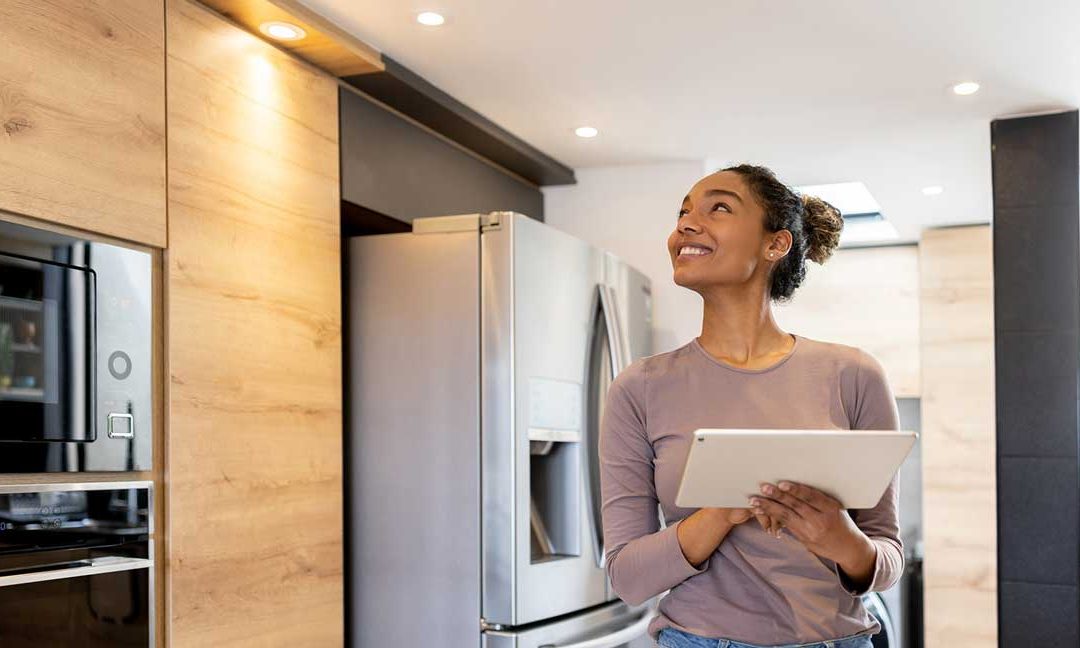Lighting automation is becoming increasingly popular in homes due to the convenience, energy efficiency, and security benefits it provides. Upgrading to smart lighting systems can bring many advantages that make it a worthwhile investment. In this article, we will discuss the benefits and details of residential lighting automation upgrades.
Benefits of Residential Lighting Automation Upgrades
Convenience
One of the main benefits of lighting automation is the convenience it provides. With smart lighting systems, you can control your lights from anywhere, at any time, using your smartphone or voice commands. This means you can turn off lights in rooms you’re not using without having to physically go there. You can also set schedules or timers for your lights to turn on or off, which can be useful when you’re away from home.
Energy Efficiency
Smart lighting systems are designed to be energy-efficient, which means they can help you save money on your energy bills. They use LED bulbs that consume less energy than traditional incandescent bulbs, and they can be programmed to turn off when not in use. Additionally, some smart lighting systems can adjust the brightness of the lights according to the natural light levels in the room, further reducing energy consumption.
Security
Another benefit of lighting automation is improved home security. Smart lighting systems can be programmed to turn on and off at certain times, creating the impression that someone is home even when you’re away. This can deter potential burglars and make your home less of a target. Additionally, some smart lighting systems can be integrated with home security systems, triggering the lights to turn on when motion is detected.
Details of Residential Lighting Automation Upgrades
Types of Smart Lighting Systems
- WiFi-enabled bulbs: These bulbs connect directly to your home WiFi network and can be controlled using an app on your smartphone or tablet.
- Smart switches: These replace your existing light switches and allow you to control your lights using voice commands or a smartphone app.
- Smart plugs: These allow you to control your existing lamps or light fixtures by plugging them into a smart plug that connects to your home WiFi network.
Installation and Setup
The installation and setup process for smart lighting systems can vary depending on the type of system you choose. However, most systems are designed to be easy to install and set up without the need for professional help.
Compatibility
When choosing a smart lighting system, it’s important to consider compatibility with other smart home devices you may have. Most smart lighting systems are compatible with popular voice assistants like Amazon Alexa and Google Assistant, as well as other smart home devices like thermostats and security cameras.
